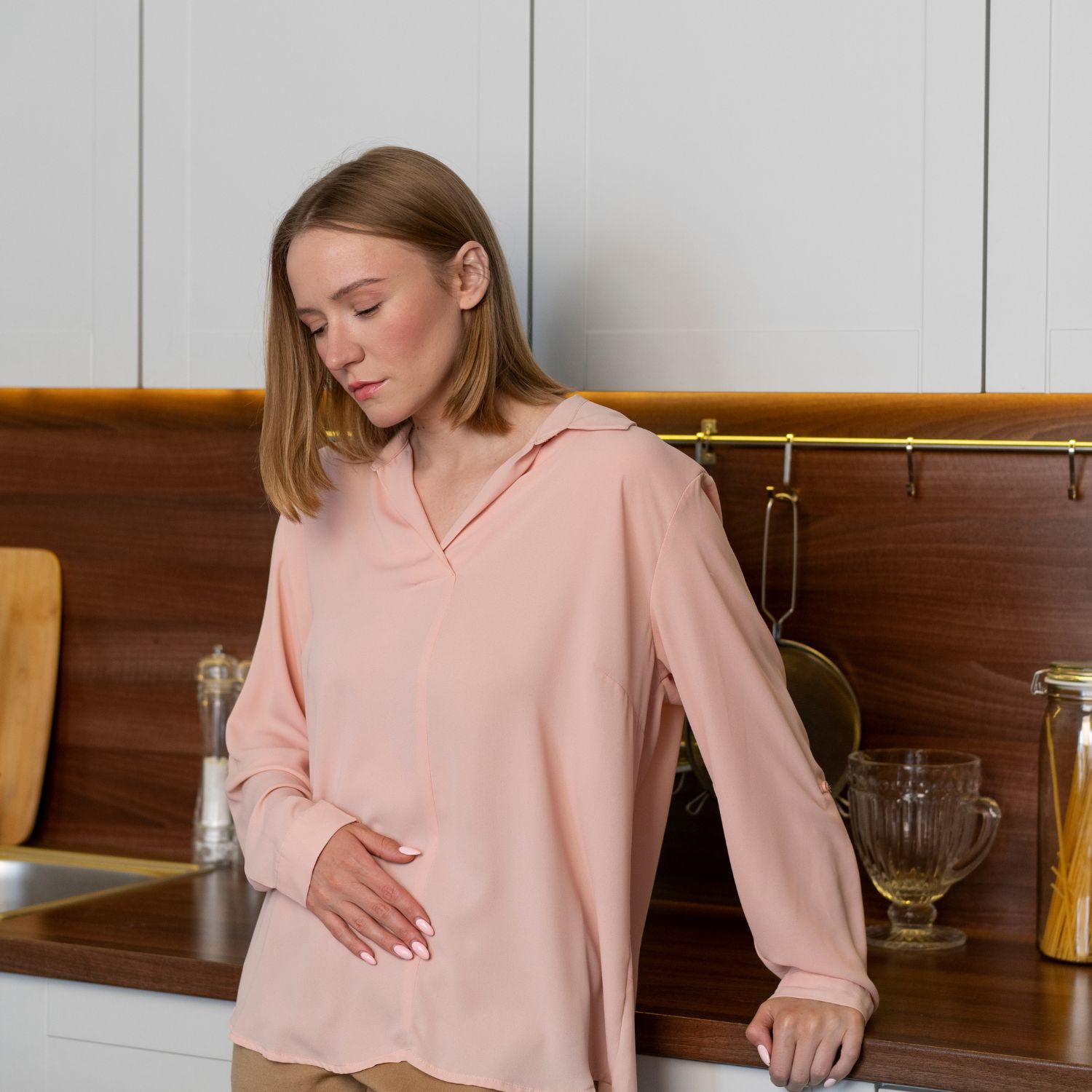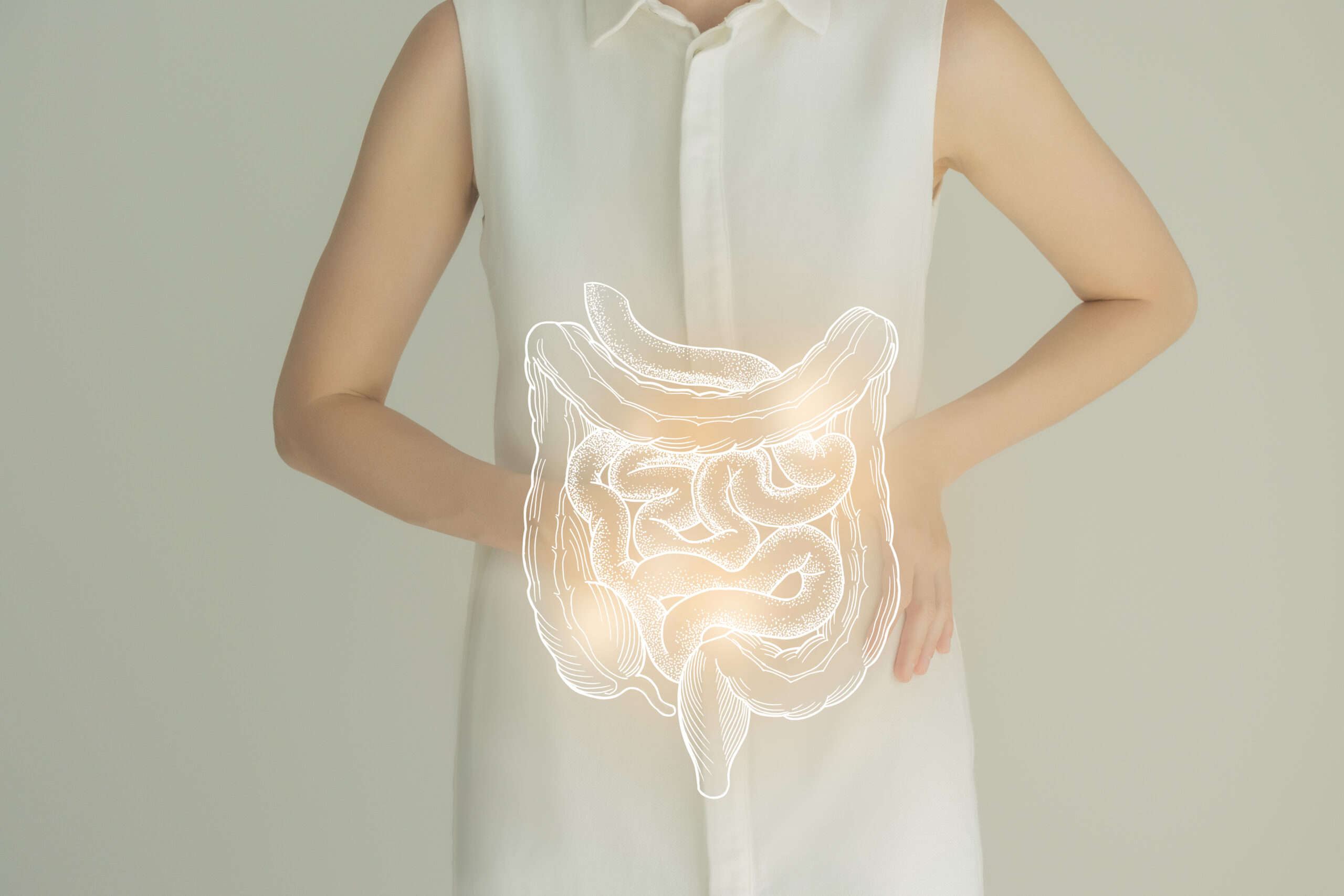You've been diagnosed with IBS, but the typical treatments aren't working. You're still bloated after every meal, certain "healthy" foods make you feel worse, and you're exhausted from trying to figure out what's wrong with your gut—understanding IBS and SIBO symptoms in women. Sound familiar? Understanding IBS and SIBO symptoms in women is crucial because …
You’ve been diagnosed with IBS, but the typical treatments aren’t working. You’re still bloated after every meal, certain “healthy” foods make you feel worse, and you’re exhausted from trying to figure out what’s wrong with your gut—understanding IBS and SIBO symptoms in women.
Sound familiar?
Understanding IBS and SIBO symptoms in women is crucial because many women with IBS actually have undiagnosed SIBO.
However, here’s what many women don’t know: research suggests that 30-36% of IBS cases may actually involve SIBO (Small Intestinal Bacterial Overgrowth). That means you might be treating the wrong condition entirely.
As a nutritional scientist who specialises in women’s gut health, I see this confusion constantly. The good news? Once you understand the difference between IBS and SIBO, you can pursue the right testing and treatment approach for your body.
In this guide, you’ll learn how to distinguish between these two conditions, what testing options are available, and the next steps for getting personalised support that actually works.
 “Understanding whether you have IBS, SIBO, or both is the first step toward real relief”
“Understanding whether you have IBS, SIBO, or both is the first step toward real relief”
Table of Contents
- What is IBS (Irritable Bowel Syndrome)? Understanding IBS in Women
- What is SIBO (Small Intestinal Bacterial Overgrowth)? SIBO Explained
- IBS and SIBO: Key Differences at a Glance
- Overlapping Symptoms (Why It’s So Confusing)
- 5 Signs That Point More Toward SIBO
- Testing Options: How to Know What You’re Dealing With
- What to Do Next: Your Action Plan
- The Bottom Line
What is IBS (Irritable Bowel Syndrome)? Understanding IBS in Women
Simply put, IBS is a functional digestive disorder affecting your large intestine (colon). “Functional” means your digestive system looks normal on tests, but it doesn’t work properly.
How IBS is Diagnosed
IBS is diagnosed using the Rome IV criteria, which require:
- Recurrent abdominal pain at least 1 day per week for the past 3 months
- Pain related to bowel movements
- Changes in stool frequency or appearance
Important: IBS is a “diagnosis of exclusion.” This means doctors rule out other conditions (celiac disease, IBD, infections) before diagnosing IBS. There’s no definitive test that confirms IBS.
Types of IBS
- IBS-D: Diarrhoea-predominant (loose, frequent stools)
- IBS-C: Constipation-predominant (hard, infrequent stools)
- IBS-M: Mixed type (alternating diarrhoea and constipation)
Common IBS Triggers
- Stress and anxiety
- Hormonal fluctuations (especially in women)
- Certain foods (varies by individual)
- Poor sleep
- Gut-brain axis dysfunction
What is SIBO (Small Intestinal Bacterial Overgrowth)? SIBO Explained
SIBO occurs when bacteria that normally live in your large intestine migrate backwards and overgrow in your small intestine, where they don’t belong in high numbers.
Why SIBO Causes Problems
Typically, your small intestine should have relatively few bacteria because it’s where most nutrient absorption happens. When bacteria overgrow there, they:
- Ferment your food prematurely, producing excessive gas
- Interfere with nutrient absorption, causing deficiencies
- Damage to the intestinal lining, leading to inflammation and leaky gut
- Produce toxins that affect your entire body
Types of SIBO
- Hydrogen-dominant SIBO: Often causes diarrhoea and urgency
- Methane-dominant SIBO (IMO): Often causes constipation and severe bloating
- Hydrogen sulfide SIBO: Newer understanding; associated with diarrhoea and sulfur-smelling gas
Common SIBO Causes
- Low stomach acid (often from long-term antacid use)
- Slow gut motility (the “cleansing wave” that sweeps bacteria along)
- Structural issues (adhesions, diverticula)
- Post-infectious IBS (after food poisoning or gastroenteritis)
- Certain medications (PPIs, opioids)
Key difference: Unlike IBS, SIBO has an identifiable cause and can be tested for.
IBS and SIBO symptoms in women: Key Differences at a Glance
| Feature | IBS | SIBO |
|---|---|---|
| Location | Large intestine (colon) | Small intestine |
| Diagnosis | Clinical (symptom-based, exclusion) | Breath test available |
| Bloating Pattern | Variable timing | Usually 30-90 min after eating |
| Food Triggers | Varies widely by person | Especially fermentable carbs/fiber |
| Fiber Response | Often helpful | Often makes symptoms worse |
| Treatment | Diet, stress management, medications | Antibiotics/herbals + specific diet |
| Underlying Cause | Unknown (functional disorder) | Bacterial overgrowth (measurable) |
| Nutrient Deficiencies | Less common | Common (B12, iron, fat-soluble vitamins) |
Overlapping Symptoms (Why It’s So Confusing)
Both IBS vs SIBO symptoms in women can cause:
- Abdominal pain and cramping
- Bloating and visible distension
- Diarrhoea and/or constipation
- Excessive gas
- Food intolerances
- Fatigue and brain fog
- Nausea
Consequently, you can’t diagnose yourself based on symptoms alone. However, certain symptom patterns can give you important clues.
5 Signs That Point More Toward SIBO
 “Tracking your symptom patterns is the first step toward identifying whether you have IBS or SIBO”
“Tracking your symptom patterns is the first step toward identifying whether you have IBS or SIBO”
1. Extreme Bloating Within 30-90 Minutes of Eating
What it looks like: You wake up with a relatively flat stomach, but by evening, you look “pregnant.” Your waistband gets tighter throughout the day.
Why this suggests SIBO: Bacteria in your small intestine ferment food quickly, producing gas soon after eating. With IBS, bloating timing is usually more variable.
2. “Healthy” Foods Make You Worse
What it looks like: Fibre-rich foods, prebiotics, and even probiotics cause severe bloating, pain, or diarrhoea. Foods like onions, garlic, beans, whole grains, and fermented foods are unbearable.
Why this suggests SIBO: These foods feed bacteria. When bacteria overgrow in the wrong place (your small intestine), feeding them only creates more problems. With IBS, fibre often helps.
3. Nutrient Deficiencies Despite Eating Well
What it looks like: Blood tests show low iron, vitamin B12, or vitamin D, even though you eat a balanced diet.
Why this suggests SIBO: Bacteria in your small intestine interfere with nutrient absorption. They can also consume vitamin B12 for themselves, leaving you deficient.
Common signs: Fatigue, anaemia, weak nails, hair loss, and bone issues.
4. You Feel Better When You Haven’t Eaten
What it looks like: Symptoms improve with fasting or when you skip meals. You might unconsciously avoid eating because it makes you feel worse.
Why this suggests SIBO: No food = nothing for bacteria to ferment = less gas and pain. This pattern is less common with IBS.
5. Symptoms Started After Food Poisoning or Antibiotics
What it looks like: Your gut was fine until a specific event (gastroenteritis, traveller’s diarrhoea, or a course of antibiotics), and it’s never been the same since.
Why this suggests SIBO: Post-infectious IBS often involves SIBO. Infections can damage the migrating motor complex (MMC), the “cleansing wave” that prevents bacterial overgrowth.
Testing Options: How to Know What You’re Dealing With
 “Personalised nutrition based on your unique microbiome is more effective than generic advice”
“Personalised nutrition based on your unique microbiome is more effective than generic advice”
For IBS Diagnosis
Because IBS is a diagnosis of exclusion, your doctor will typically:
- Rule out other conditions: Blood tests (celiac, inflammation markers), stool tests (infections, parasites), colonoscopy if needed
- Assess symptoms: Using Rome IV criteria
- Trial treatments: See if IBS-specific approaches help
Limitation: This doesn’t tell you why you have IBS or if SIBO is involved.
For SIBO Diagnosis
SIBO Breath Test (Gold Standard) – learn more
- How it works: You drink a sugar solution (lactulose or glucose), then breathe into tubes every 15-20 minutes for 2-3 hours
- What it measures: Hydrogen and methane gas produced by bacteria
- Results: Elevated gases indicate SIBO; the type of gas indicates which SIBO subtype
- Availability: Through gastroenterologists or functional medicine practitioners
Limitations:
- Not 100% accurate (false negatives possible)
- Doesn’t detect hydrogen sulfide SIBO
- Requires proper preparation (diet restrictions before the test)
Microbiome Testing: A Complementary Approach
What it reveals:
- Overall bacterial diversity and balance
- Specific bacterial populations (beneficial vs. problematic)
- Dysbiosis index (how imbalanced your gut is)
- Markers for inflammation, leaky gut, and digestive function
- SIBO risk indicators (though not a diagnostic SIBO test)
How HerNutrea’s microbiome test helps:
Our at-home test analyses 15+ biomarkers, including:
- Bacterial diversity and enterotype
- Dysbiosis patterns
- Inflammatory potential
- Gut barrier integrity markers
- Specific bacteria associated with IBS symptoms
Why this matters: Even if you have an IBS diagnosis, understanding your unique microbiome helps us create a personalised nutrition plan that addresses your specific imbalances, not generic IBS advice.
What to Do Next: Your Action Plan
Step 1: Track Your Symptom Patterns (1-2 Weeks)
Keep a simple journal, noting:
- When bloating occurs (immediately after eating? Hours later? All day?)
- Which foods trigger symptoms (especially fibre, prebiotics, fermented foods)
- How do you feel when fasting (better? worse? no change?)
- Other symptoms (fatigue, nutrient deficiency signs, nausea)
This information is invaluable for healthcare providers and helps determine which tests to pursue.
Step 2: Consider Appropriate Testing
If SIBO seems likely (based on the 5 signs above):
- Request a SIBO breath test from your GP or gastroenterologist
- Consider microbiome testing to understand your overall gut health
If you have an IBS diagnosis but treatments aren’t working:
- Ask your doctor about SIBO testing
- Consider a comprehensive microbiome analysis to identify specific imbalances
If you’re unsure:
- Start with microbiome testing to get a baseline understanding
- Book a consultation with a gut health specialist to review your results and symptoms
Step 3: Get Personalised Support
Whether you have IBS, SIBO, or both, a one-size-fits-all approach rarely works. Your gut microbiome is as unique as your fingerprint.
What personalised support looks like:
- Review of your specific symptoms, diet, and lifestyle
- Interpretation of test results (microbiome, SIBO breath test, blood work)
- Customised nutrition plan based on your bacterial balance
- Targeted supplement recommendations (if needed)
- Follow-up support to adjust your plan as you heal
At HerNutrea, we offer:
- Microbiome testing (€269.99): Comprehensive analysis with personalised nutrition recommendations reviewed by a registered nutritionist
- 1:1 consultations (40-minute initial session): Review your symptoms, test results, and create an actionable plan
- Follow-up support (20-minute sessions): Adjust your protocol and track progress
The Bottom Line
You don’t have to live with constant bloating, unpredictable bowel movements, and food fear.
Understanding whether you’re dealing with IBS and SIBO symptoms, or both, is the first step toward real relief. While the symptoms overlap, the treatment approaches differ—and that’s why accurate identification matters.
Key takeaways:
- IBS is a functional disorder diagnosed by exclusion; SIBO is a testable bacterial overgrowth
- Symptom patterns (especially bloating timing and fibre response) offer important clues
- Testing options exist to clarify your diagnosis and guide treatment
- Personalised nutrition based on your unique microbiome is more effective than generic advice
Ready to get clarity on your gut health?
- → Order Your Microbiome Test for IBS/SIBO (€269.99) – Get personalised nutrition insights
- → Book Your IBS/SIBO Consultation with Nutritional Scientist Anna Santos
- → Learn more about how gut health affects your overall wellness
You deserve answers—and a path forward that actually works for your body.
Ready to transform your gut health? Join our newsletter for evidence-based gut health tips, recipes, and exclusive insights delivered to your inbox weekly.






